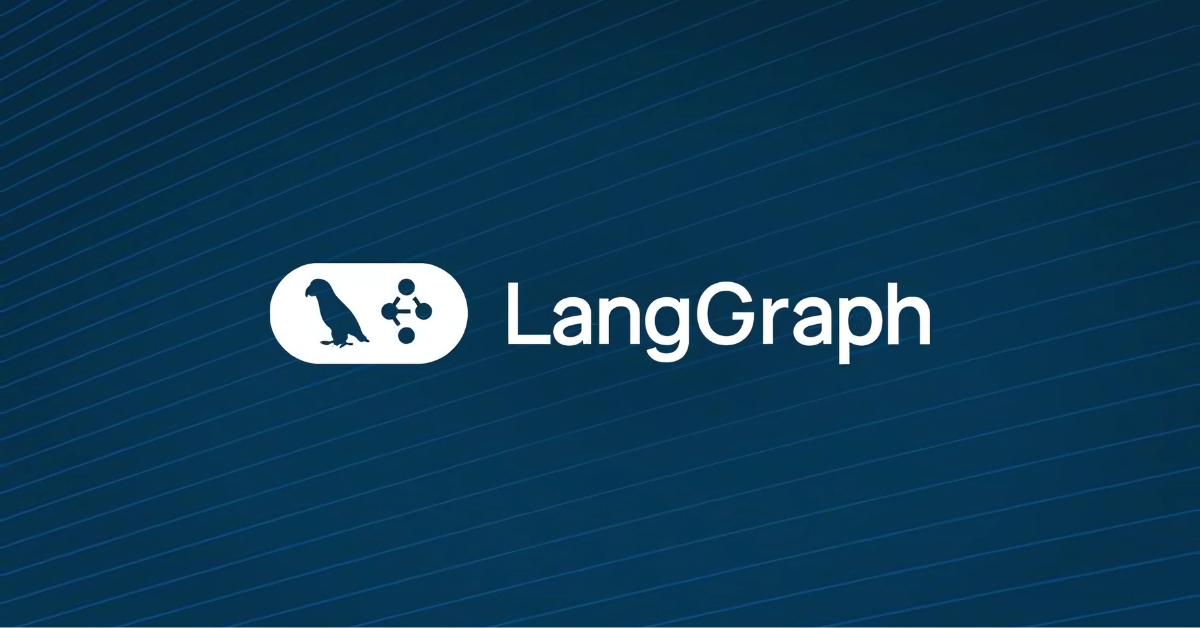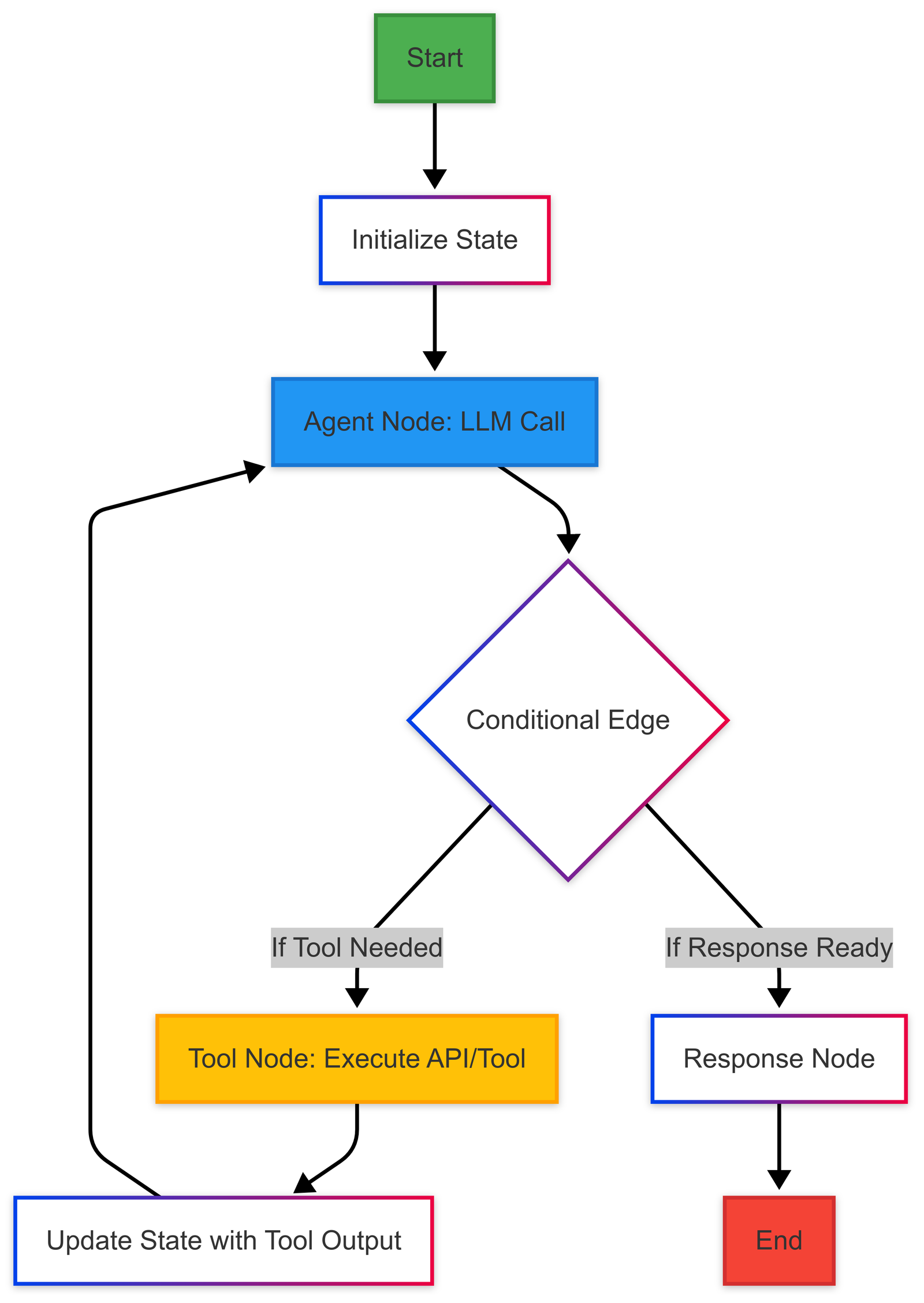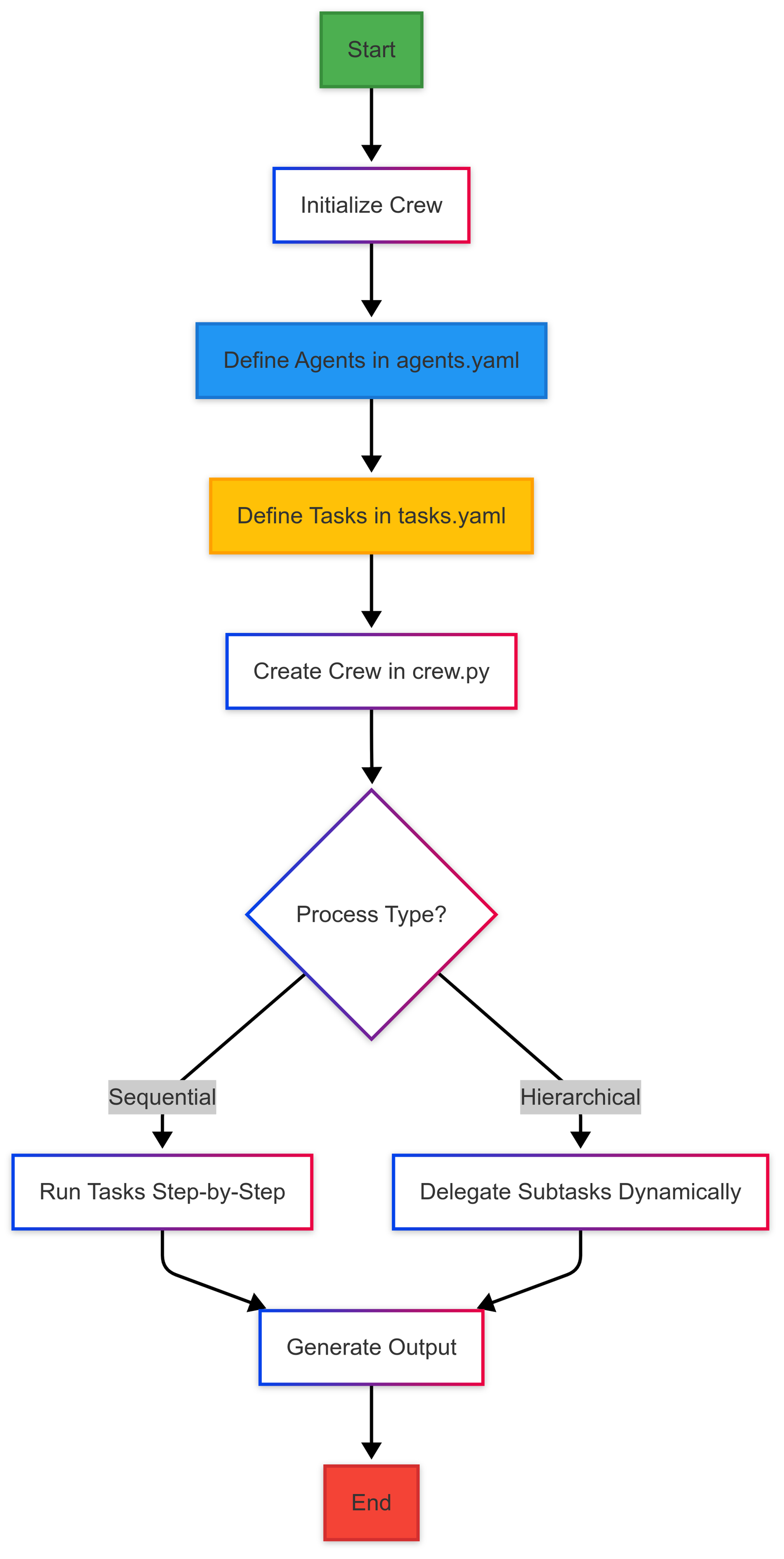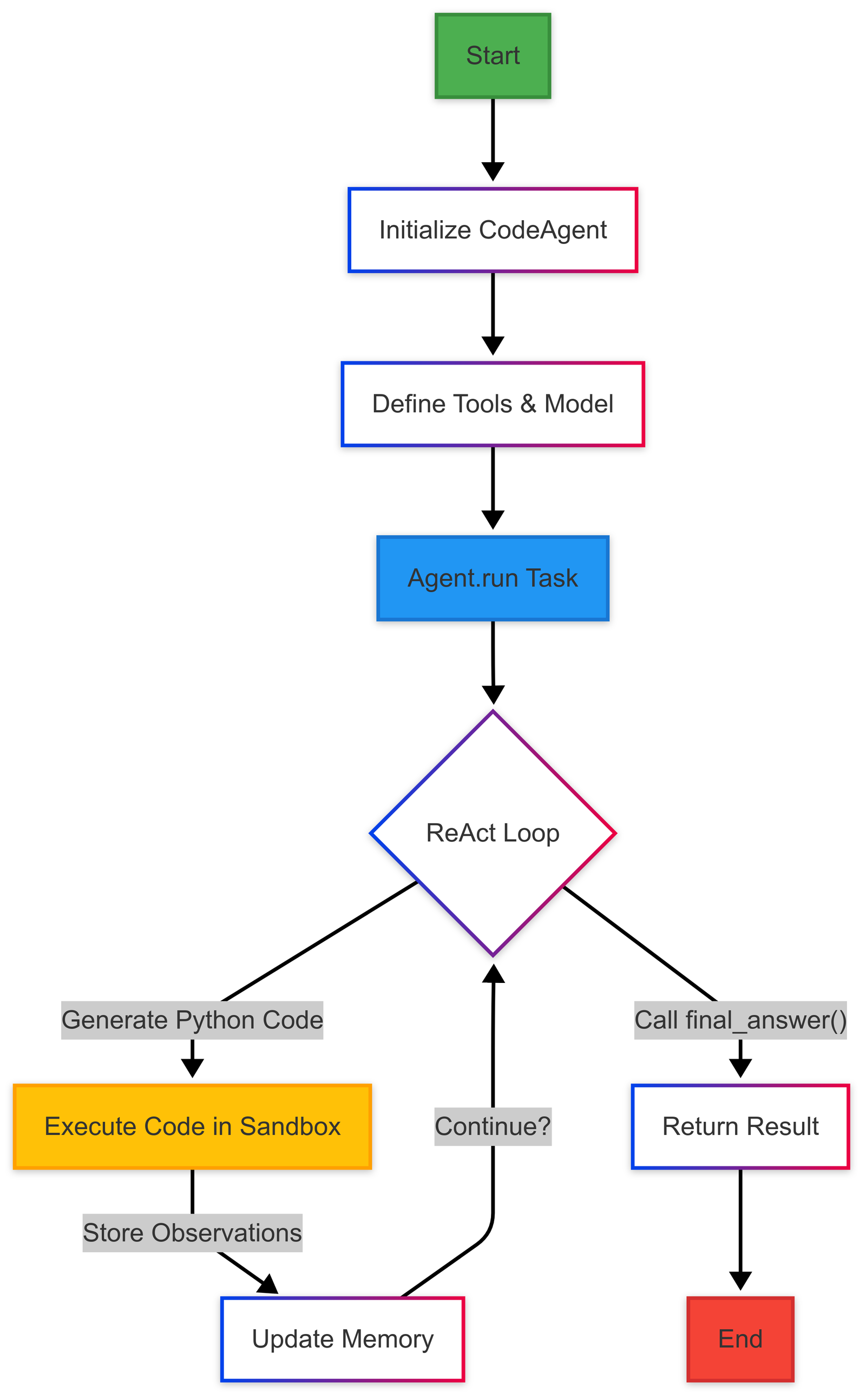Imagine an AI that doesn’t just chat but acts – booking your flights, managing your inbox, or running your customer service like a pro. That’s agentic AI, the next big leap in artificial intelligence. It’s smart, independent, and ready to tackle real-world tasks. But how do you build one? Enter agentic AI frameworks toolkits that make creating these brainy assistants faster and easier.
In this ultimate guide, we’ll compare three top frameworks LangGraph, CrewAI, and Smolagents in plain English. You’ll get a crystal-clear breakdown, a step-by-step flowchart, real-world stories, and even a quiz to find your perfect framework. Plus, stick around for exclusive tips and free resources to keep you hooked. Ready to dive into the future of AI? Let’s go!
Why Agentic AI is a Game-Changer
- Thinks for itself: It decides the best next step.
- Plans like a pro: It maps out a strategy to hit your goals.
- Gets stuff done: It connects to tools, APIs, or databases to make things happen.
Fun Fact: Did you know agentic AI’s roots trace back to robotics research in the 1980s? Today, it’s powering everything from virtual assistants to self-driving cars!
But building one from scratch? That’s like baking a wedding cake without a recipe. That’s where frameworks come in—pre-built tools to simplify the process. Let’s meet the stars of our show: LangGraph, CrewAI, and Smolagents.
The Top 3 Agentic AI Frameworks Compared
Here’s a beginner-friendly look at each framework, packed with insights to help you choose.
LangGraph: The Master Planner

- What It Is: Built by the LangChain team, LangGraph uses a graph-based system (think flowcharts on steroids) to orchestrate complex AI tasks.
- Perfect For: Big projects needing precision, like a customer support system that answers questions, checks records, and escalates to humans when needed.
- Standout Features:
- Graph workflows for ultimate control.
- Remembers past interactions (stateful memory).
- Plays nicely with LangChain and LangSmith tools.
- Pros: Handles intricate, multi-step tasks like a champ.
- Cons: Steeper learning curve for newbies.
- Real-World Win: A global retailer used LangGraph to streamline returns, cutting processing time by 40%.
LangGraph Code Generation Flowchart

Example LangGraph Implementation
from langgraph.graph import StateGraph, END
# Define nodes
def agent_node(state):
return {"response": llm.invoke(state["input"])}
def tool_node(state):
return {"tool_output": some_tool(state["input"])}
# Build graph
workflow = StateGraph({"input": str})
workflow.add_node("agent", agent_node)
workflow.add_node("tool", tool_node)
workflow.add_conditional_edges(
"agent",
lambda x: "tool" if x["needs_tool"] else "response",
{"tool": "tool", "response": END}
)
workflow.add_edge("tool", "agent") # Cyclic edge
workflow.set_entry_point("agent")
CrewAI: The Team Player

- What It Is: A Python-powered framework that lets you create a squad of AI agents who collaborate like a dream team.
- Perfect For: Projects needing teamwork, like a research bot where one agent gathers data and another writes a report.
- Standout Features:
- Assigns roles (e.g., “researcher” or “writer”) to agents.
- Simple APIs for quick setup.
- Agents share info and delegate tasks seamlessly.
- Pros: Intuitive and great for collaborative tasks.
- Cons: May need tweaks for ultra-complex workflows.
- Real-World Win: A startup built a CrewAI system to automate market analysis, saving 20 hours a week.
CrewAI Code Generation Flowchart

Crew Definition
from crewai import Agent, Crew, Process, Task
from crewai.project import CrewBase, agent, crew, task
@CrewBase
class ResearchCrew():
@agent
def researcher(self) -> Agent:
return Agent(config=self.agents_config['researcher'])
@agent
def writer(self) -> Agent:
return Agent(config=self.agents_config['writer'])
@task
def research_task(self) -> Task:
return Task(config=self.tasks_config['research_task'])
@task
def write_task(self) -> Task:
return Task(
config=self.tasks_config['write_task'],
output_file='report.md' # Saves output
)
@crew
def crew(self) -> Crew:
return Crew(
agents=self.agents,
tasks=self.tasks,
process=Process.sequential, # Or Process.hierarchical
verbose=True
)
Smolagents: The Speedy Starter

- What It Is: A lightweight framework from Hugging Face, designed for fast, no-fuss agent creation.
- Perfect For: Beginners or quick prototypes, like a chatbot for a weekend hackathon.
- Standout Features:
- Lightning-fast setup with Hugging Face tools.
- Focuses on simplicity and speed.
- Open-source and community-driven.
- Pros: Ideal for diving in without overwhelm.
- Cons: Less suited for heavy-duty tasks.
- Real-World Win: A student coded a Smolagents chatbot in 3 hours, winning a local hackathon!
Smolagents Code Generation Flowchart

Smolagents: Custom Tool Example
Installation
pip install smolagents huggingface_hub
Tool Example:
from smolagents import tool
@tool
def calculate_distance(lat1: float, lon1: float, lat2: float, lon2: float) -> float:
"""Calculate distance between two coordinates using Haversine formula."""
from math import radians, sin, cos, sqrt, atan2
R = 6371.0 # Earth radius in km
lat1, lon1, lat2, lon2 = map(radians, [lat1, lon1, lat2, lon2])
dlat = lat2 - lat1
dlon = lon2 - lon1
a = sin(dlat / 2)**2 + cos(lat1) * cos(lat2) * sin(dlon / 2)**2
return 2 * R * atan2(sqrt(a), sqrt(1 - a))
# Add custom tool to agent
agent.tools.append(calculate_distance)
agent.run("How far is Berlin from Munich?")
Agentic AI Frameworks Comparison Table
Framework | Ease of Use | Scalability | Best For | Community Support |
LangGraph | Moderate | High | Complex workflows | Strong (LangChain) |
CrewAI | Easy | Moderate | Multi-agent teamwork | Growing |
Smolagents | Very Easy | Low | Quick prototypes | Strong (Hugging Face |

Subscribe to Newsletter!
Stay ahead of the curve with the latest AI insights, tips, and updates delivered straight to your inbox. Don’t miss out on exclusive guides, project ideas, and more to fuel your creativity! Join now and never skip a beat.
The Future of Agentic AI: What’s Next?
Agentic AI isn’t just cool—it’s changing the world. Here’s what’s on the horizon:
- Smarter Teams: Imagine AI agents collaborating like a full-blown company.
- Total Independence: Agents handling entire projects solo.
- No-Code Tools: Frameworks so easy, anyone can build an agent.
Bold Prediction: By 2030, agentic AI could save businesses $1 trillion annually by automating complex tasks. Sound crazy? Share your thoughts in the comments!
Exclusive Bonus: Free Resource Alert!
Want to start building today? Download our Agentic AI Starter Kit – a free PDF with:
✅A framework cheat sheet.
✅5 beginner-friendly project ideas.
✅Links to top tutorials.



